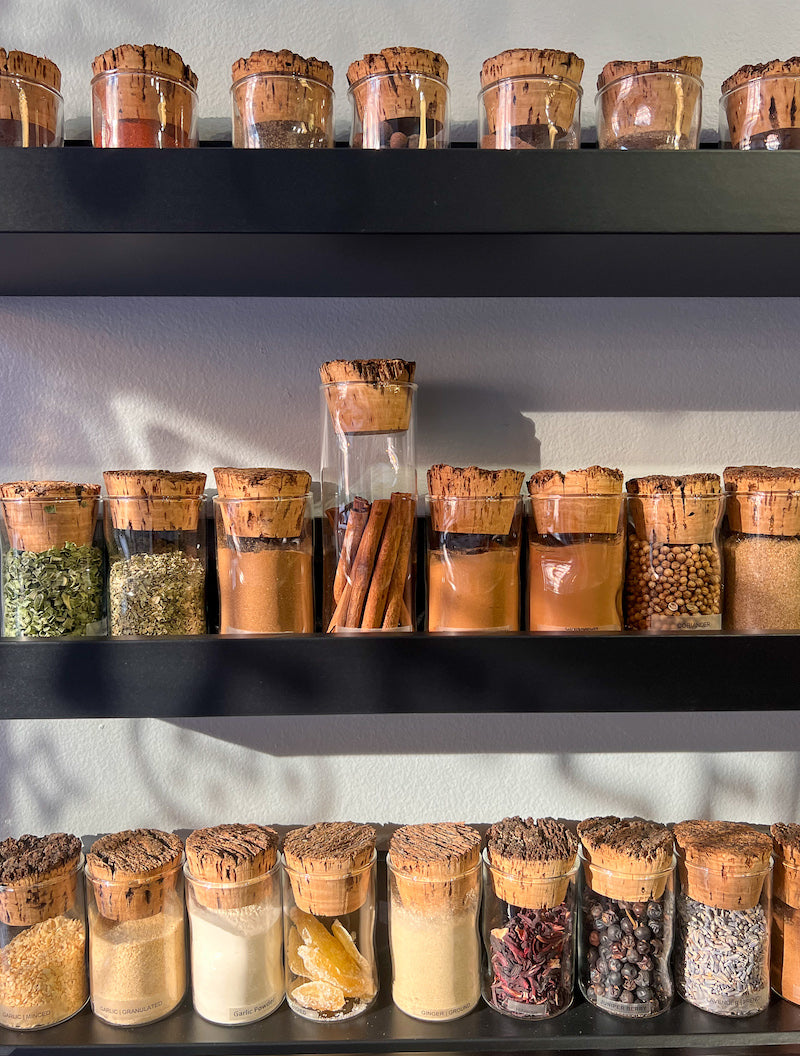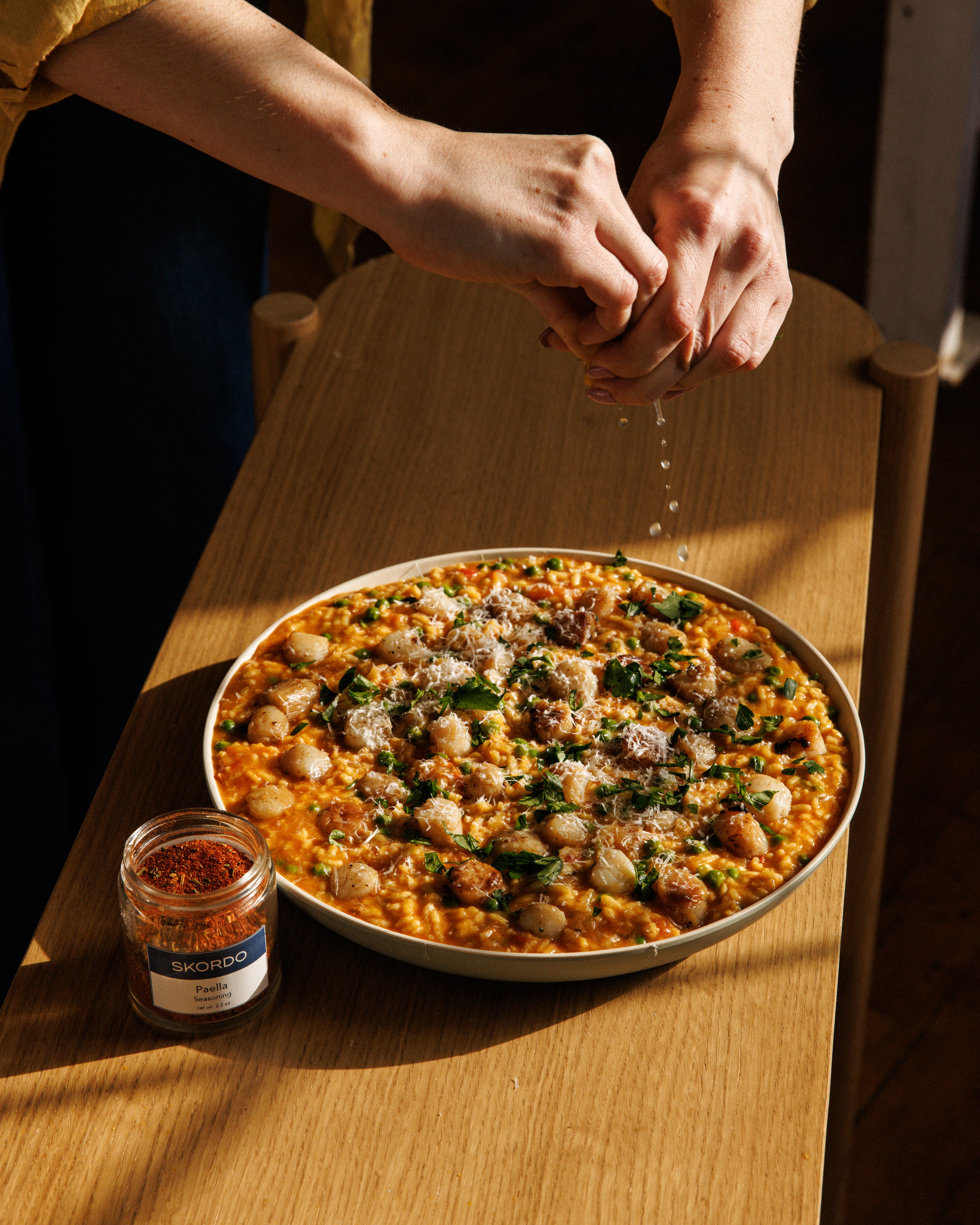One of the top questions in the shop is: ‘What’s the difference between your cinnamons?”. We usually respond with a flavor driven response but buckle up – we’re going for a cinnamon deep dive today!
What is Cinnamon?
Harvesting Cinnamon in Sumatra, Indonesia
Cinnamon in the history books.
Records of cinnamon appear in Egypt as early as 2000 B.C. The spice was celebrated as a gift for monarchs and gods. Greek poems claim cinnamon was guarded by winged serpents and that it was harvested by cinnamon birds who used the sticks to construct their nests. In the Middle Ages, the French were told it was harvested by fisherman at mouth of the Nile River.
Throughout history the origin of cinnamon was kept a closely guarded secret by spice merchants in an effort to maintain its value and their monopolies. As western trade routes expanded, so did access to the spice.
From 1500 through the 1700’s the Spanish, Portuguese, Dutch, and English all claimed or established cinnamon orchards. The Spanish found cinnamon growing in the Philippines. The Portuguese and Dutch in Sri Lanka and in 1767 the English established their first orchard in India. By 1796 the English had taken control of Ceylon cinnamon from the Dutch who had already pushed out the Portuguese.
Today, four countries are responsible for 99% of the world’s cinnamon: Indonesia, China, Vietnam and Sri Lanka. Global demand for cinnamon has increase ten-fold since 1970. Vietnam’s growth in the market is most notable. The country went from a small-scale producer in 1970 to the third largest exporter of cinnamon in 2017.
Our Cinnamons:
Saigon Cinnamon a.k.a. Vietnamese Cinnamon
Country of Origin: Vietnam
Origin Tree: Cinnamomum loureiroi
Known For: It’s pungent aroma and flavor and tough bark
How We Use It: Mixed with coffee grounds for an extra spicy cup, paired with Lamb or Venison or added to bold blends.
Average Coumarin Level: 6.97 g/kg
Indonesian Cinnamon a.k.a. Cassia Cinnamon
Country of Origin: Indonesia
Origin Tree: Cinnamomum cassia
Known For: It’s sweet taste and aroma. This is the cinnamon you’re most likely to find at a grocery store in North America.
How We Use It: Baking and savory blends.
Average Coumarin Level: 2.15 g/kg
Our cinnamon sticks are from Indonesia. They're great in a warm drink, homemade apple sauce or added to roast lamb.
Ceylon Cinnamon a.k.a. True Cinnamon
Country of Origin: Sri Lanka and southern India
Origin Tree: Cinnamomum verum
Known For: It’s health benefits and mild flavor
How We Use It: Fine dining and classic baking. Ceylon cinnamon was the first cinnamon to make its way to Europe and Mexico. Traditional recipes calling for cinnamon are referring to Ceylon, but today most home cooks use Indonesian or Saigon Cinnamon. The end result lacks the complexity and depth associated with Ceylon cinnamon.
Average Coumarin Level: 0.017 g/kg
What gives cinnamon it’s unique flavor?
In part, Coumarin.
Coumarin is a chemical compound that smells of vanilla with a bitter taste. It occurs naturally in many plants and is closely associated with all varieties of cinnamon. Fair warning, coumarin can cause liver and kidney damage when consumed in high doses. If you’re a daily cinnamon consumer, Ceylon cinnamon is recommended as it’s coumarin levels are naturally low.
But mostly, Cinnamaldehyde
Cinnamaldehyde is an organic compound that gives cinnamon its flavor and iconic aroma. It’s what gives cinnamon antifungal and antibacterial properties and is behind many of cinnamons known health benefits.
Health and Wellness
Cinnamons are long celebrated for their health benefits. Variants have been studied as treatment for diabetes and neurodegenerative diseases (ex. Alzheimer’s and Parkinson’s disease), preventatives for some cancers and even natural remedies for HIV management. Cinnamon is known to assist in healthy digestion, has anti-inflammatory benefits and is filled with antioxidants – all great things! Again, if you’re planning on adding cinnamon to your health regimen, Ceylon cinnamon is the preferred choice due to its low levels of coumarin.













